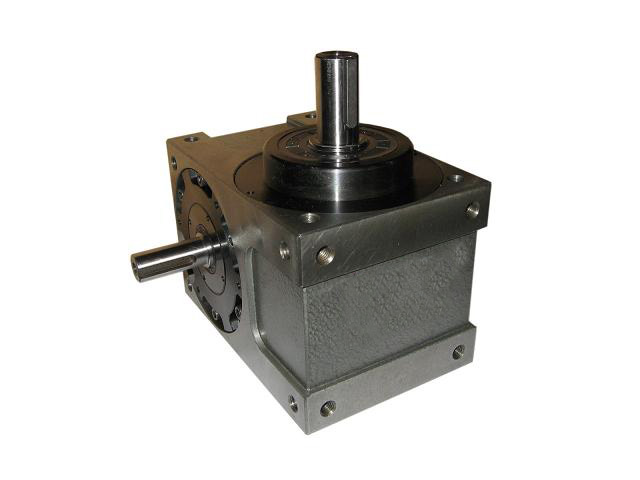The cam type rotating platform can have self-monitoring and fault diagnosis functions. The following is a specific introduction:
Ways to achieve self-monitoring and fault diagnosis
Sensor applications
Displacement sensor: It can be installed in key parts of the cam or rotating platform to monitor the position and motion status of the rotating platform in real time, and feedback the data to the control system. Once the actual position deviates from the preset value, an alarm can be issued in a timely manner.
Pressure sensor: Install a pressure sensor at the contact point between the cam and the driven component to monitor the contact pressure. If the pressure is abnormal, it may indicate cam wear, load changes, or problems with transmission components.

Temperature sensor: monitors the temperature of components such as camshafts and bearings that are prone to heat generation. Excessive temperature may indicate poor lubrication, excessive friction, or component failure. When it exceeds the normal range, the system can issue a warning. Vibration sensor: used to detect the vibration situation during the operation of the rotating platform. Abnormal vibration is often a signal of mechanical looseness, imbalance, or component damage. By analyzing the frequency and amplitude of the vibration, the type of fault can be determined. Data analysis and processing: Utilizing advanced algorithms and models to analyze and process the data collected by sensors, such as establishing numerical models under normal operating conditions, comparing real-time data with them to identify potential fault modes. Machine learning algorithms can also be used to enable the system to learn the characteristics of normal and fault states from a large amount of historical data, thereby diagnosing faults more accurately.
The benefits of self-monitoring and fault diagnosis functions
Improve equipment reliability: It can timely detect potential problems, avoid further development of faults that may cause equipment downtime or damage, and ensure the continuity of the production process.
Reduce maintenance costs: By accurately locating faults, unnecessary repair work and component replacement can be reduced, and maintenance plans can be arranged in advance to improve maintenance efficiency and reduce maintenance costs.
Optimize production process: Based on monitoring data, the operating parameters of the transfer platform can be optimized and adjusted to improve production efficiency and product quality.
Although the cam type rotating platform can achieve self-monitoring and fault diagnosis functions through the above methods, in order to fully utilize these functions, it is necessary to select and arrange sensors reasonably, develop effective data analysis software, and customize design and debugging based on actual application scenarios and equipment characteristics.
 Cheng Shen Precision Machinery (Shanghai) Co., Ltd.
Cheng Shen Precision Machinery (Shanghai) Co., Ltd.